Alex Luonto
(ma)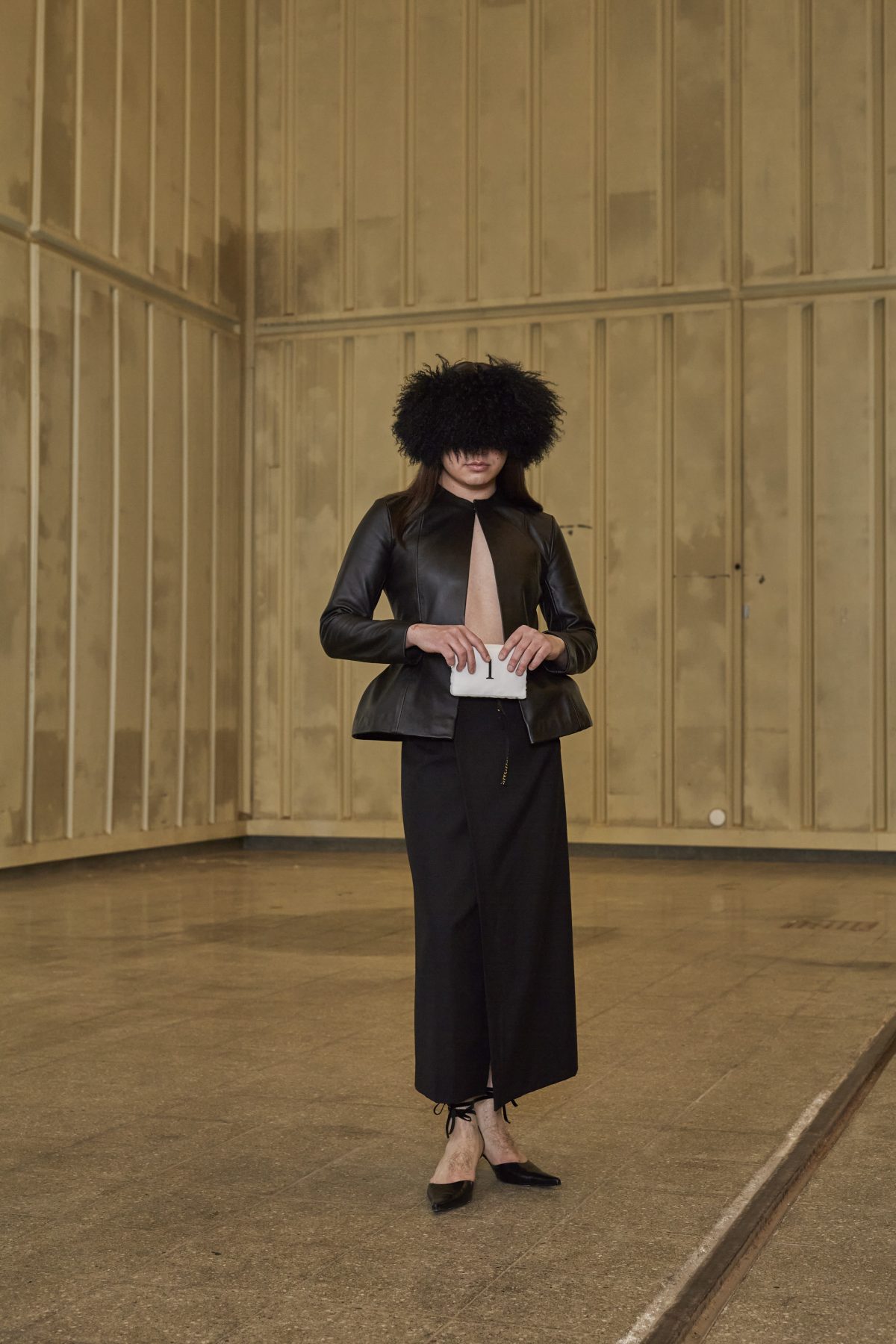 AL_01
AL_01

Alex Luonto MA2 Graduate collection Photographer: Sofia Okkonen Model: Alex
AL_01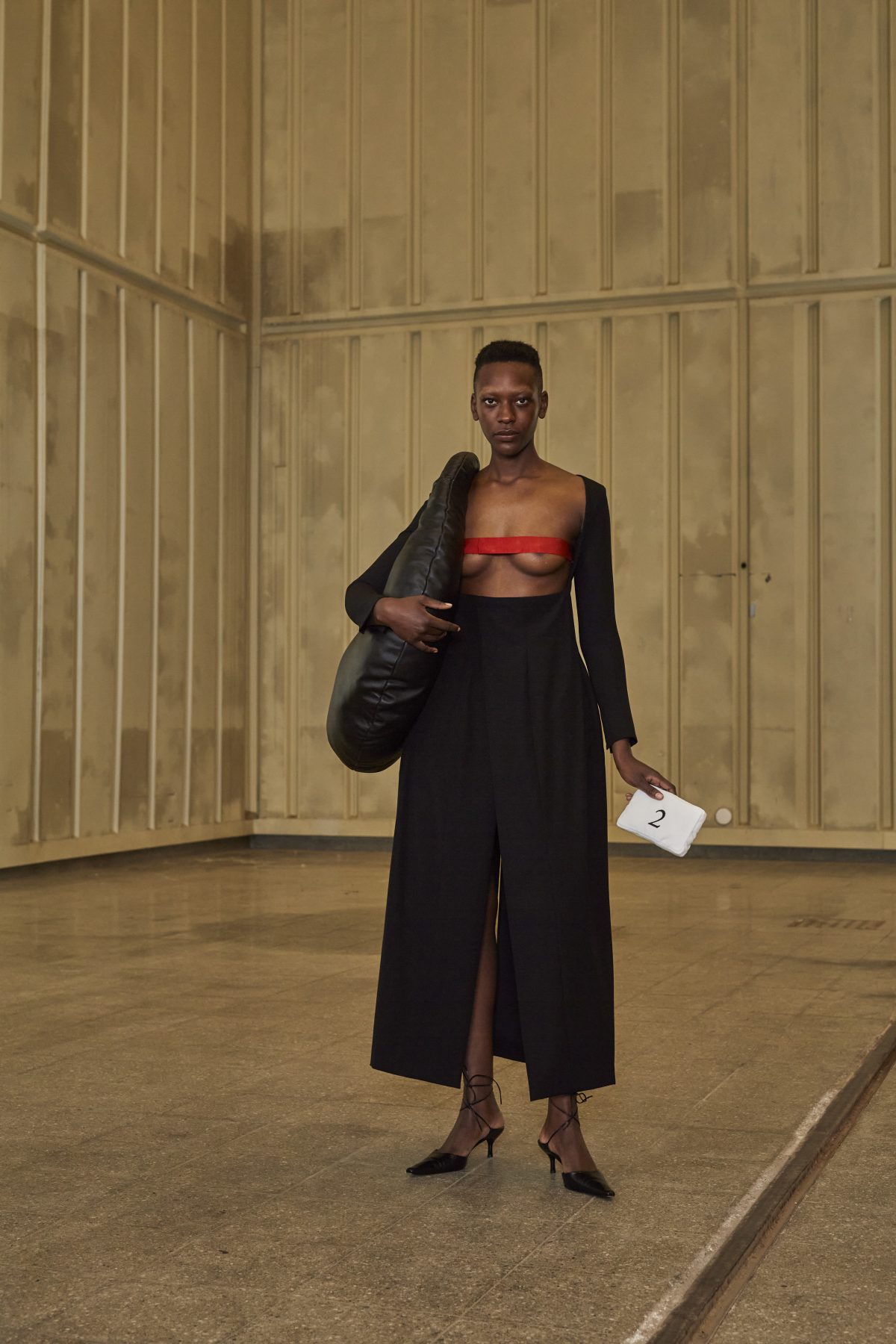 AL_02
AL_02

Alex Luonto MA2 Graduate collection Photographer: Sofia Okkonen Model: Marie
AL_02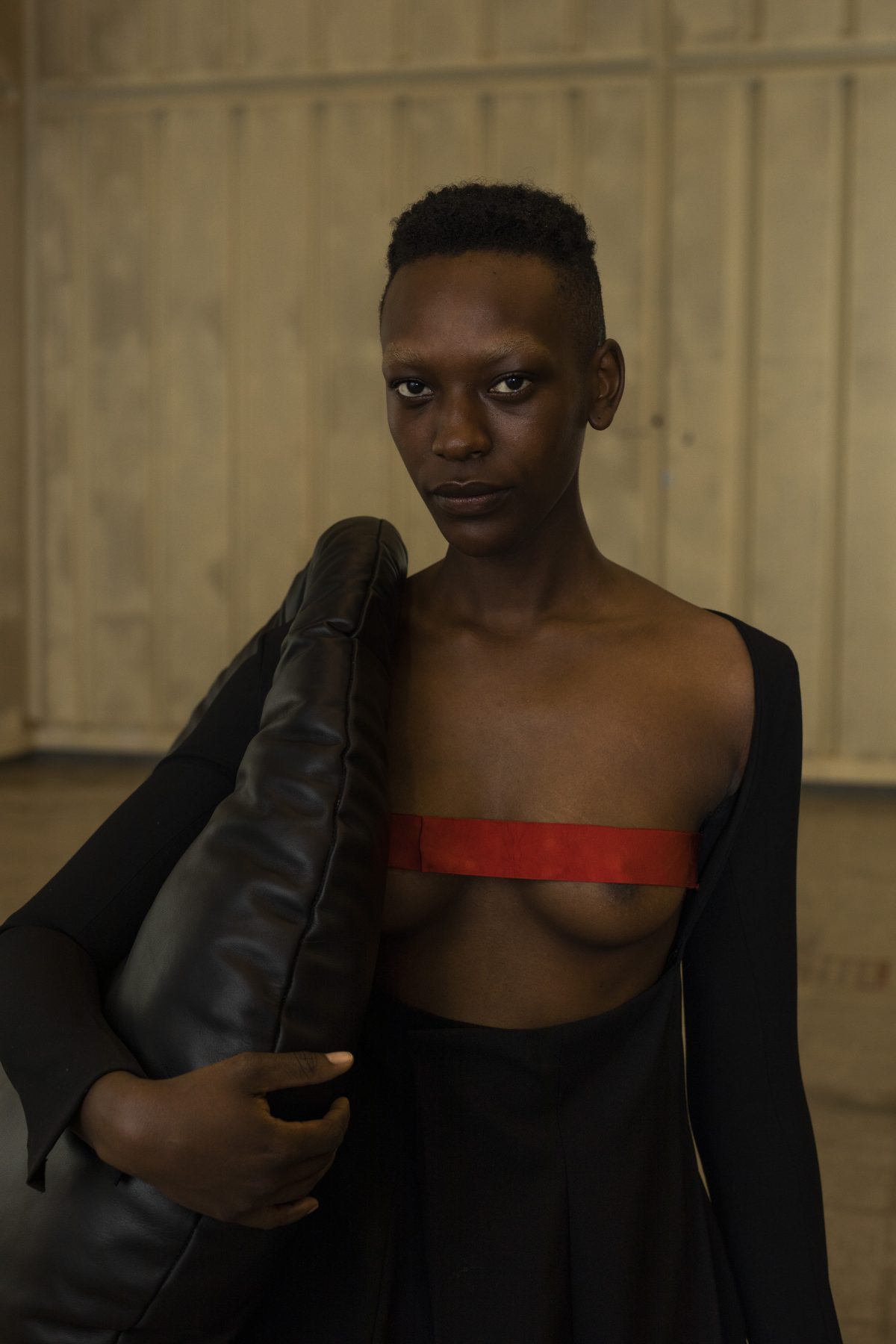 AL_03
AL_03

Alex Luonto MA2 Graduate collection Photographer: Sofia Okkonen Model: Marie
AL_03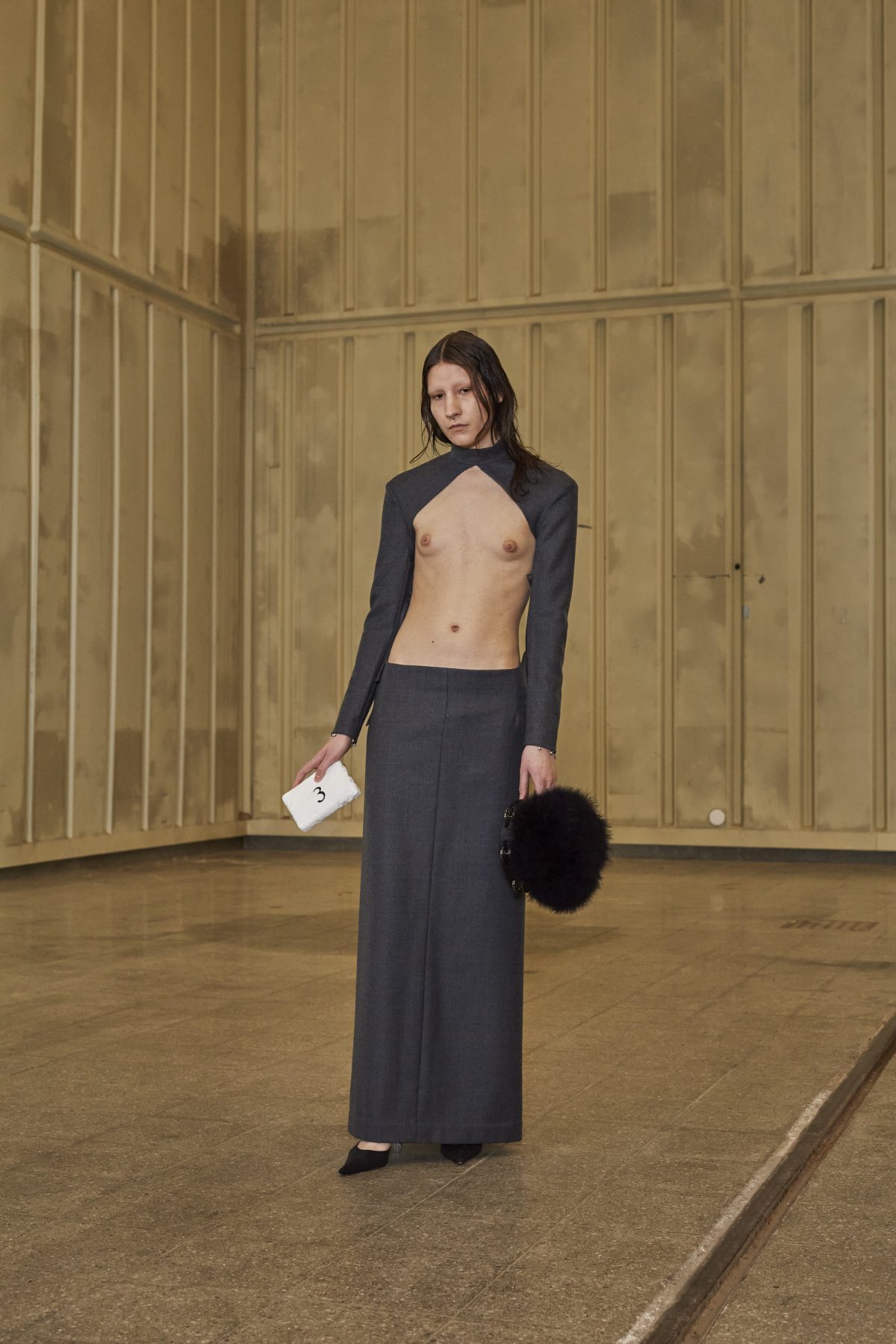 AL_03
AL_03

Alex Luonto MA2 Graduate collection Photographer: Sofia Okkonen Model: Alexa
AL_03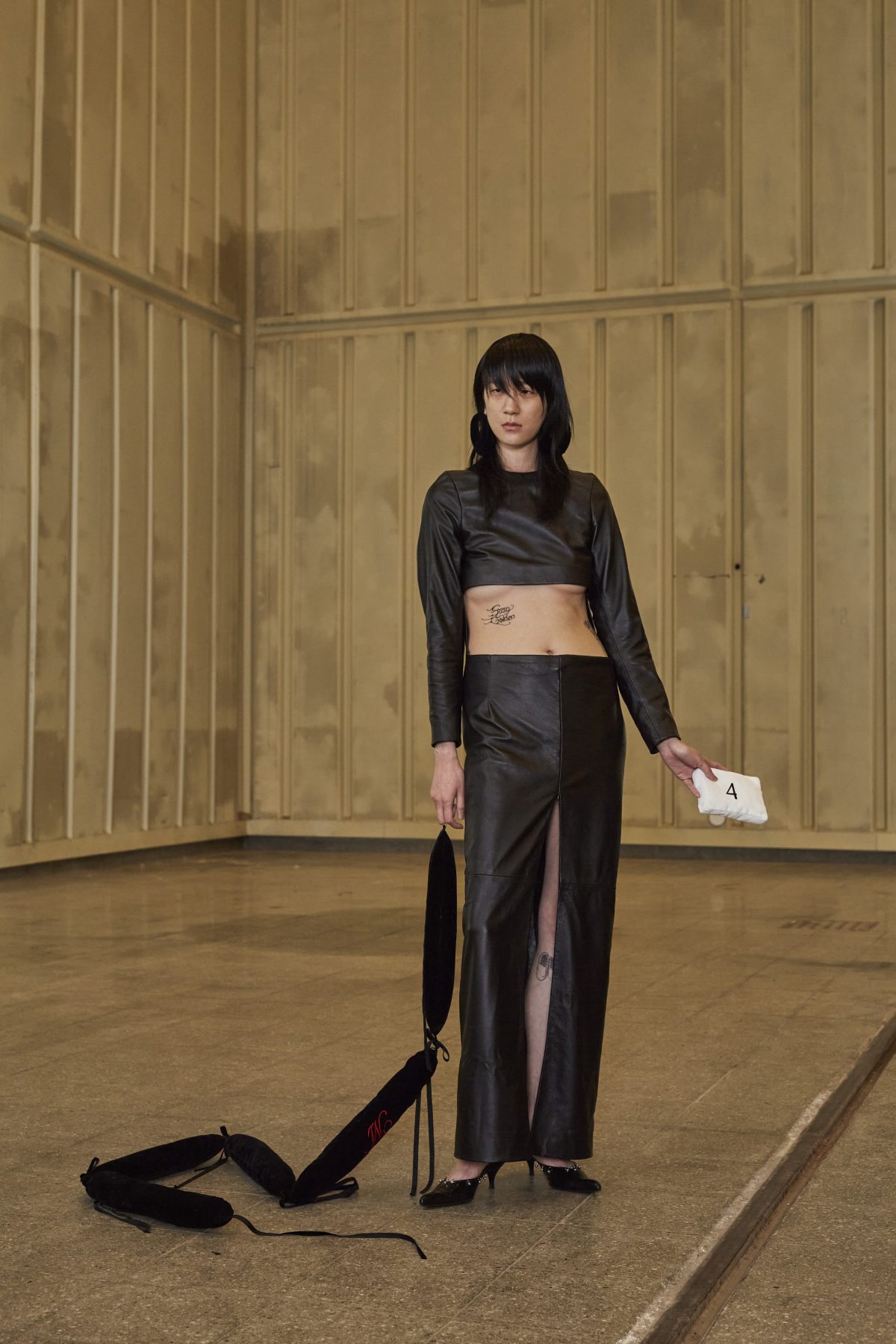 AL_05
AL_05

Alex Luonto MA2 Graduate collection Photographer: Sofia Okkonen Model: Yilin
AL_05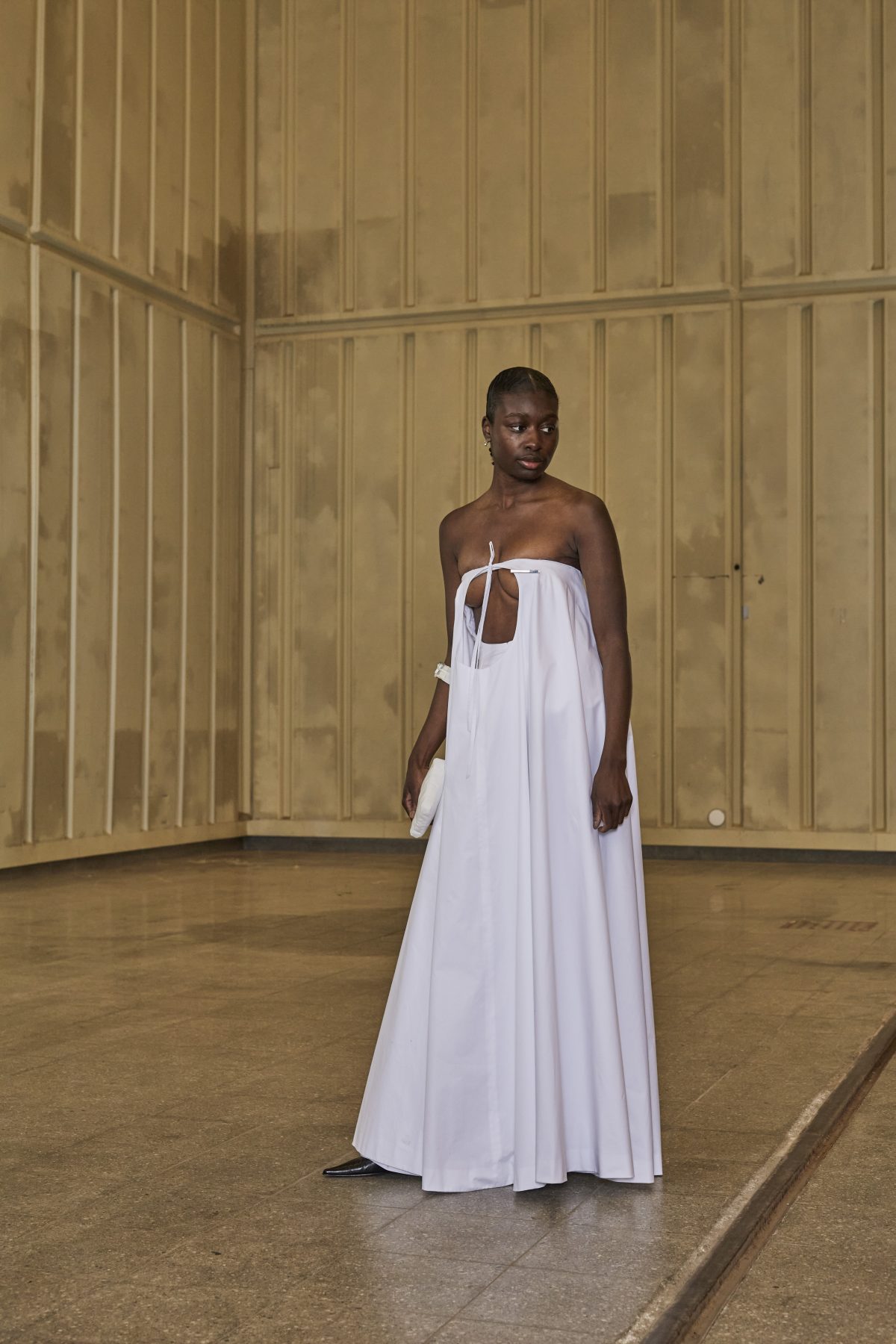 AL_06
AL_06

Alex Luonto MA2 Graduate collection Photographer: Sofia Okkonen Model: Ama
AL_06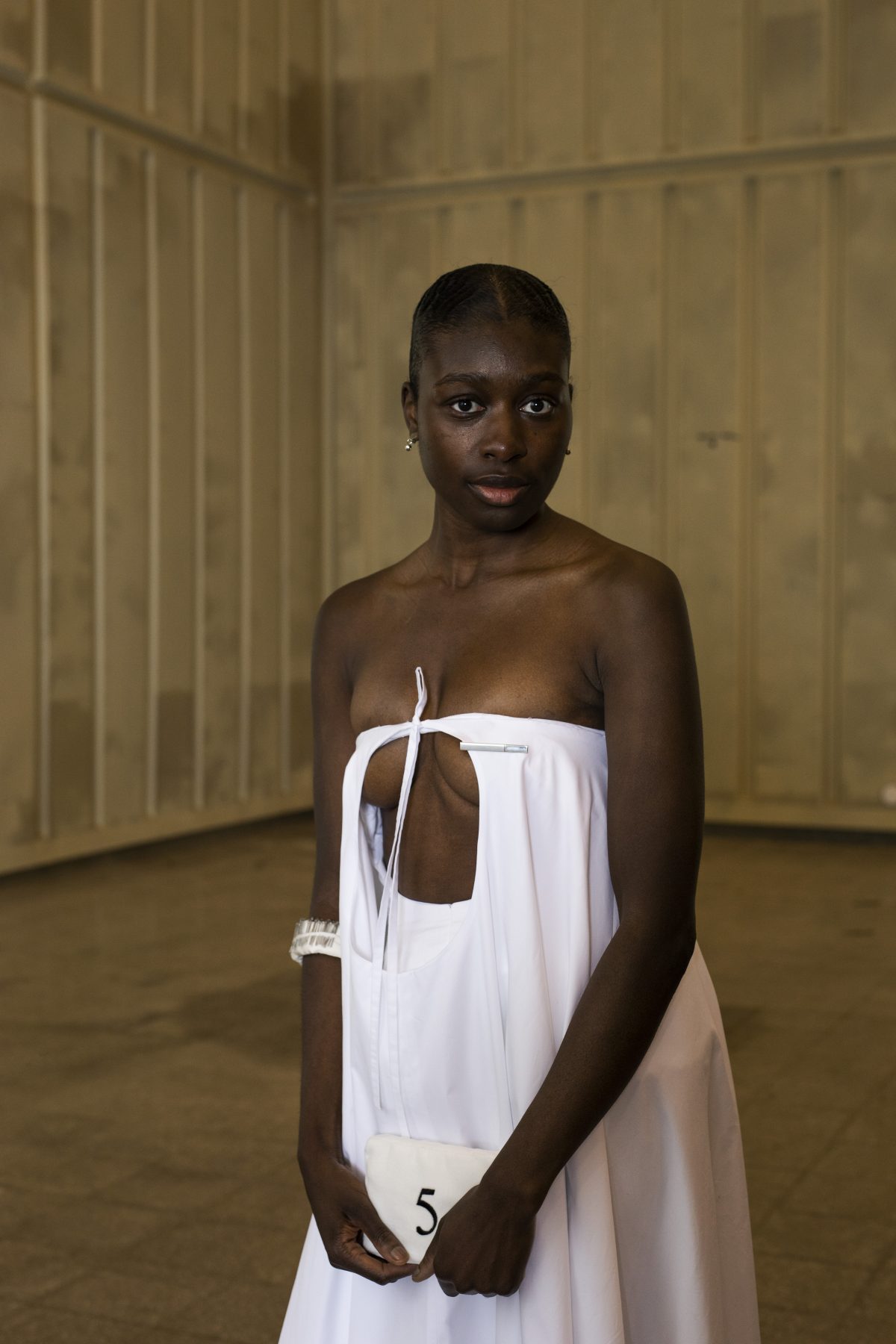 AL_07
AL_07

Alex Luonto MA2 Graduate collection Photographer: Sofia Okkonen Model: Ama
AL_07Objects of Desire utilizes Luonto’s own past works created during the fashion design studies. This is combined with an investigation of personal curated wardrobe of vintage treasures to create the blueprint for the collection. The collection acts as Luonto’s personal culmination to the studies; a collection of garments that have been born out of desire. Certain things are highlighted: craftmanship, tailoring, materials, attention to detail as well as the boundaries of a garment.
– I use the term “anti-garment” (epävaate in Finnish) to describe how I see these garments: they retain the minimum number of qualities to be actually worn, like sleeves and inner structures that either shape or support the body. I have also stripped off all unnecessary embellishments that make the clothes viable for example for everyday use, Luonto explains.
In the collection there is a conservation-like mindset to approaching the garments, valuing the seen and unseen; the construction of a garment is as important as the outer layer. Everything in the collection has its reason to be there, whether it’s purely for visual pleasure or for the humoristic edge.
History weaves its way into the garments in small details that adds to the personal approach of the curated collection. Small obscure and understated details such as white gold family heirloom bracelets from Thailand sewn into the sleeve of the garment acts as a physical attachment of the designer into the ensemble, that not only enriches the experience but also adds a layer of aura to it.
Every ensemble in the collection has been made-to-measure. Luonto has worked closely with friends for whom the garments have been made; the chosen models carry the garments to strengthen the world-building of the collection where every detail from the posture of a model to the heel-cap of a shoe has been well thought through.
Luonto has developed his own way of stitching which is largely used in the collection: a hidden stitch that allows one to control the quality of hand-sewing even without years of training said skill. This is where the manual and mechanical meet. This “semi-couture-stitch” utilizes machine-sewed tracks where hand-stitching is added in between them, and tightened like a corset. Making Luonto’s own methods and ways of achieving desired couture-like outcome in his own manner plays a big part in the collection.
The collection challenges the viewer not only with its extremely minimalistic approach but also with normalizing the way we see bodies. Bodily freedom with the artistic freedom creates the desired challenge for the viewer; Luonto proposes for us as the viewers to turn back our attention to the garments.
